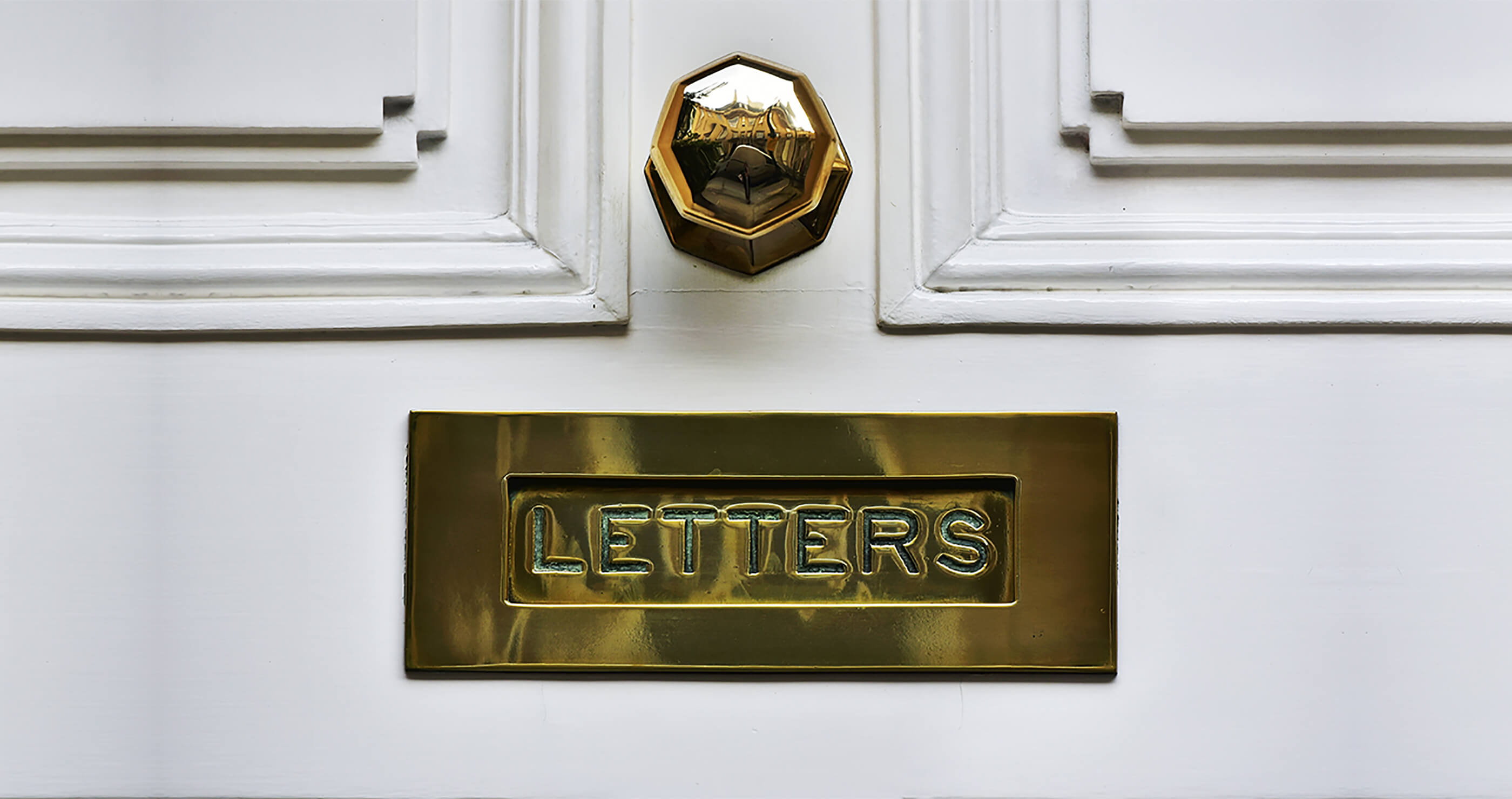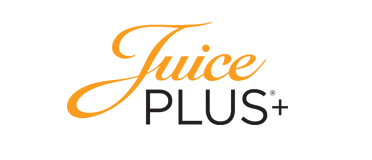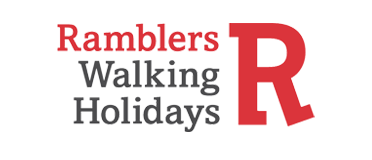
11 October 2017 10:00
HOW ACCESS TO RICHER DATA HAS IMPROVED TARGETING
IN DOOR DROPS
Gavin Wheeler, CEO of WDMP, talks about the need for creative thinking when producing door drops, and how more sophisticated data is set to change targeting.
As we spend more and more time checking our emails on smartphones, tablets and laptops, we’re all inundated by a seemingly endless stream of unwanted messages. The result of this is that we just swipe and delete. Digital is a cheap channel to use, so it’s being overused left, right and centre, and, like all channels, when it gets abused, it starts to become less effective. At WDMP we’ve seen clients, particularly in financial services and even digital-only clients, returning to traditional media such as direct mail and door drops – channels that are delivering huge returns.
CREATIVITY IS KEY
One of the things I always tell our clients is that door drop is the only channel that can offer 100% coverage of your desired area. Newspaper readership is declining, TV viewing is being done in a multichannel way – people are watching the same amount of content but across a number of different devices – which means reaching a large audience is getting harder and harder. But we can target effectively with door drops.
I’ve worked with this particular channel for about 20 years now, and was fairly instrumental in using it back in the late 90s in the telecoms industry. In those days there was very little sophistication in terms of targeting, and the innovations that we tended to use were based around trying to stimulate people to pick leaflets up off the doormat. We’d use die cutting or interesting shapes that had nothing to do with the brand, but which we’d hope might make people engage and open up the mail.
DOOR DROP IS THE ONLY CHANNEL THAT CAN OFFER 100% COVERAGE OF YOUR DESIRED AREA.
The focus these days needs to be on finding creative but simple ways of capturing people’s attention. With Freeview, we produced a pink feather that we dropped when they launched HD. The concept was to emphasise the quality of HD, it’s so real you can almost see those pink flamingos on the wildlife programme – it’s almost like they’re in your living room. I think anything that involves some form of interaction – physical or digital, or both – will always tend to deliver a better response. You see the return, there’s no denying that.
TECHNOLOGICAL LEAPS
These days, there is great work to be done with ever-more advanced technology. Visual discovery apps like Blippar can deliver an immersive digital experience as a response device; they can take the place of phone numbers or URLs on door drops. Door drops can be hugely effective when you send people messages that are relevant to them.
Thankfully, our ability to target and profile customers has come on leaps and bounds, too. There’s the traditional use of geodemographics, for example by Wyevale Garden Centres. It uses door drops to target a specific market that regularly attends garden centres, and then overlays the data with the geodemographics – and this works because we know that similar people live in similar areas to each other. We make the assumption that because they’re the right geodemographic they’re more likely to be in the market for that product or service. But we’re able to take this information further now by using a new mine of digital data to understand people’s behaviour. We know what their current interests are and can use that to decide whether they’re in the market for a particular product.
DOOR DROPS CAN BE HUGELY EFFECTIVE WHEN YOU SEND PEOPLE MESSAGES THAT ARE RELEVANT TO THEM.
Again, looking at Wyevale Garden Centres, we may have a pure demographic profile of the people who are likely to be gardeners – people with more time on their hands, those aged 55-plus, typically empty nesters. But there may be urban gardeners or younger people who are also interested in gardening and are talking about it online. So what we do is identify these conversations on social media and take that data back to a postcode level and do some door drop trials. This opens up the possibility of finding interesting target markets that we weren’t originally talking to.
THE POWER OF DIGITAL
Another thing that we can use social listening for is to identify people who are dissatisfied with a service, like, let’s say, their broadband. You might find an area that’s over-serviced by BT or Talk Talk because they have oversold a particular region, resulting in poor broadband performance. If a brand could identify this issue through social listening, it could go to those areas and door drop to say, “We’re a new provider, we have capacity, therefore we can remedy that”. This is where we’re headed, and this is what we’ll see more and more of.
I BELIEVE COMPANIES WILL START TO PAY MORE ATTENTION TO THE POWER OF DOOR DROPS WHEN IT COMES TO BRAND BUILDING.
We’ll also see brands following up door drops more frequently, and by that I mean integrating door drops with targeted digital activity to maximise results. So, for example, when a particular sector is getting a Sky door drop, why not serve them Sky banner ads at the same time? We know when we do direct mail with an email follow-up you get a 15% uplift on the overall response – let’s test this with door drops and start serving corresponding digital content.
I’m confident that companies will start to pay more attention to the power of door drops when it comes to brand building. I actually think we’ve done ourselves a disservice in the direct sector by only measuring the response, not the effect on the brand or the engagement metrics. In digital media there’s a lot of analysis of dwell times and click-through rates, and whole campaigns are measured by how much people have engaged with the brand. We never talk about that in the direct environment. But I reckon that’s set to change, largely because of the level of sophistication we can now offer clients.











